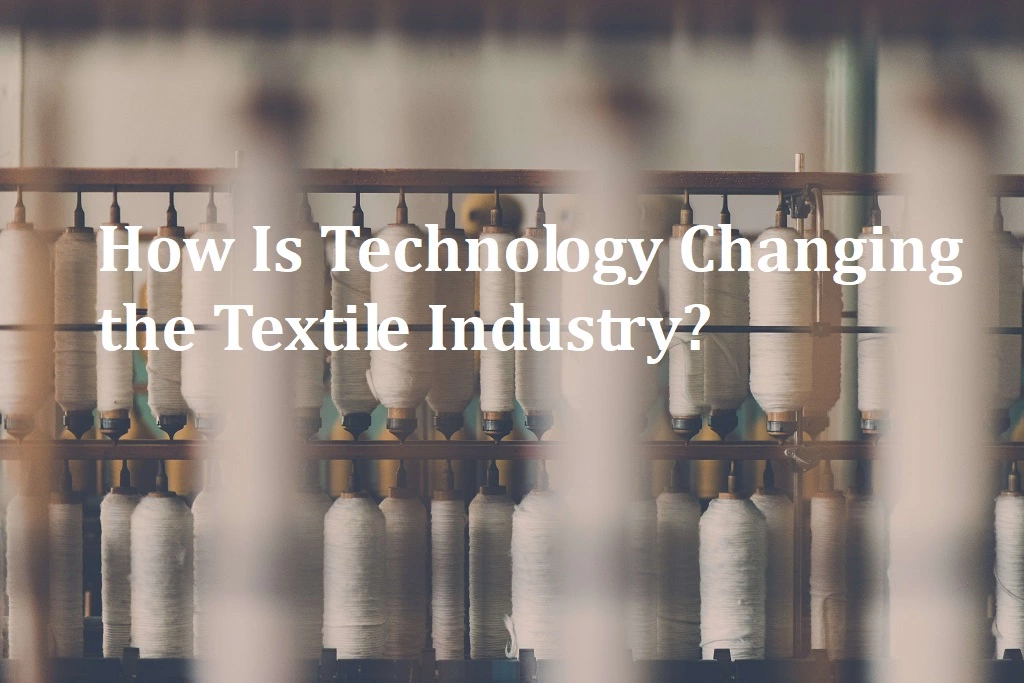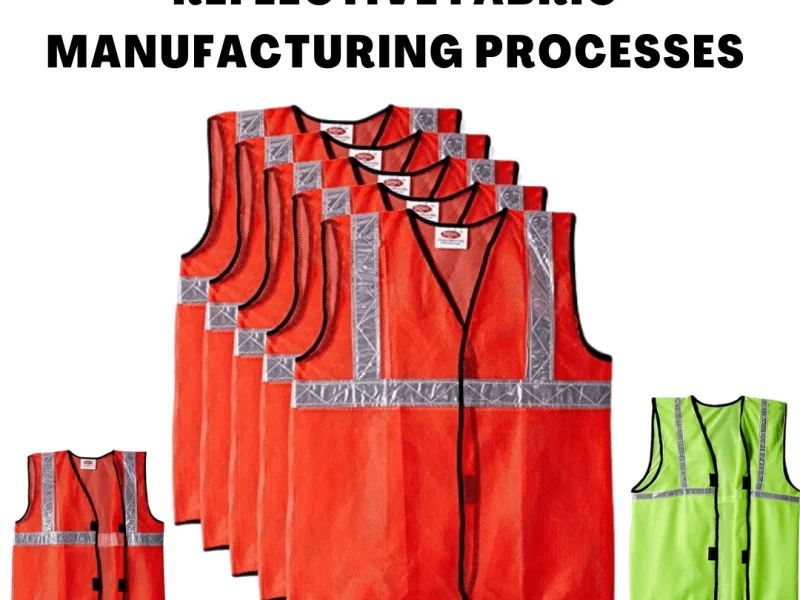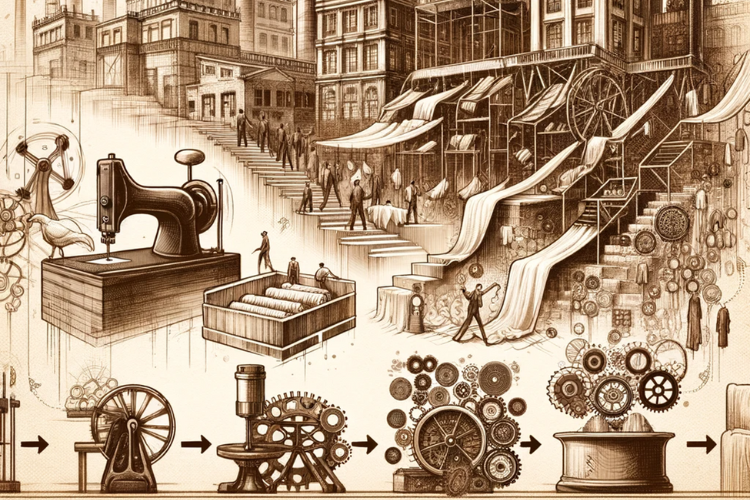The textile industry has been around for centuries, with new technologies being developed over time to improve the production process. Not just in the textile industry, the technology has made everything efficient in its way. For example, hidden surveillance cameras have gained popularity, used everywhere in homes and even in business sectors for security purposes. This article is mainly focused on how is technology changing the textile industry.

How Is Technology Changing the Textile Industry
However, there has been a massive shift in how textiles are produced in recent years, with technology playing a massive role in this change.
Here are eight ways how technology is changing the textile industry:
1. Technology is making textile production more efficient.
The textile industry was one of the first industries to be automated, and today almost all of its processes rely on machines to at least some extent. One example is smart looms, computer-controlled weaving machines that automatically produce complex patterns. Thanks to laser scanners, some computers can measure fabric with extreme precision without cutting it open; this helps ensure the most accurate measurements possible when producing clothing for customers or creating patterns for home sewing projects. This increased efficiency saves time and money by cutting down on waste and producing garments that fit better.
2. Technology is making it easier to create custom textiles.
We can now design and order custom textiles with relative ease, thanks to the internet. Several websites allow you to choose from various designs or even create your own and then have them printed onto fabric for you. It is a great way to get unique fabrics that perfectly match your needs, and it opens up a whole world of possibilities for creative textile design.
3. Technology is helping us to recycle old textiles into new products.
One of the biggest challenges facing the textile industry is how to deal with the massive amount of waste it produces every year. Textile recycling is one way of dealing with this problem. Old clothes, blankets, and other textiles can be recycled to create new shoes, reusable bags, and more. It is a far better solution than simply throwing old fabrics away in landfills.
4. Technology is giving us new ways to measure and test textiles.
As we continue to create more sustainable textiles, knowing what materials are in our textiles is becoming increasingly important. It means knowing exactly how much of each material is used in the production process (including any chemicals or additives), how many garments can be created from one roll of fabric, and so on. To help with this task, various processes have been developed to measure and test textiles. For example, the “Knitted Knock-Knock” test uses a particular machine to knock on textiles, allowing it to determine precisely how much air is trapped in the material. There are also various other tests related to fabric strength and durability that have been developed over time.
5. Technology is helping us create more sustainable textiles.
One of the biggest challenges facing the textile industry today is trying to produce more sustainable fabrics. It means using less energy during production and ensuring that any materials used can be easily recycled at the end of their lives. Different technologies have been developed over time that can help achieve this goal. One example is “closed-loop” dyeing, which significantly recycles water and chemicals to reduce their environmental impact. Another is nanotechnology, which uses tiny particles to create new materials for entirely different purposes than those initially designed. These are just two examples of the many ways we’re finding to create more sustainable textiles.
6. Technology is giving us new ways to decorate textiles.
One of the most noticeable changes in textile decoration has been the influx of colorful and complex computer-generated patterns and prints over recent years. It has been made possible through technologies such as those used by one company called Fabricant, which produces special sprays that can print patterns onto fabrics. Another example is a technology developed by researchers at MIT, which allows us to print designs onto fabric using materials including silver nanoparticles, proteins, and living cells. It opens up a whole world of possibilities for textile decoration, allowing the production of everything from funny prints featuring cartoon characters to fabrics with medical imaging data printed directly onto them!
7. Technology is helping us create better-quality textiles.
One of the most critical aspects of textile manufacturing is ensuring that we produce high-quality fabrics. It is often done by using various testing methods to check for fabric strength, elasticity, and how well they will hold up under repeated washing. Technology has been playing an increasingly important role in this too. For example, one company has developed a particular machine that can test fabric strength by simulating how it will be used in real life, such as how it will be stretched and pulled. In addition, various new methods have been developed for testing the durability of different types of textiles.
8. Technology is helping us create more innovative textiles.
Another important trend in textile manufacturing has been the increasing use of innovative technologies. It has led to new types of fabrics and materials that can be used for different purposes. Some examples include fabrics made from recycled plastic bottles, spider silk produced through genetic engineering, and even clothing made from bamboo. Thanks to technology, it is just a tiny taste of the vast array of new textiles being developed.
Wrapping Up!
As you can see, technology has had a significant impact on the textile industry, and it’s showing no signs of slowing down. We can expect to see even more impressive innovations that will change how we make and use textiles in the coming years. So what does this mean for us as consumers? Well, it means that we can look forward to ever-improving quality and variety when it comes to textile products!




This topic is really nice. Technology established the present achievement in textile sector.